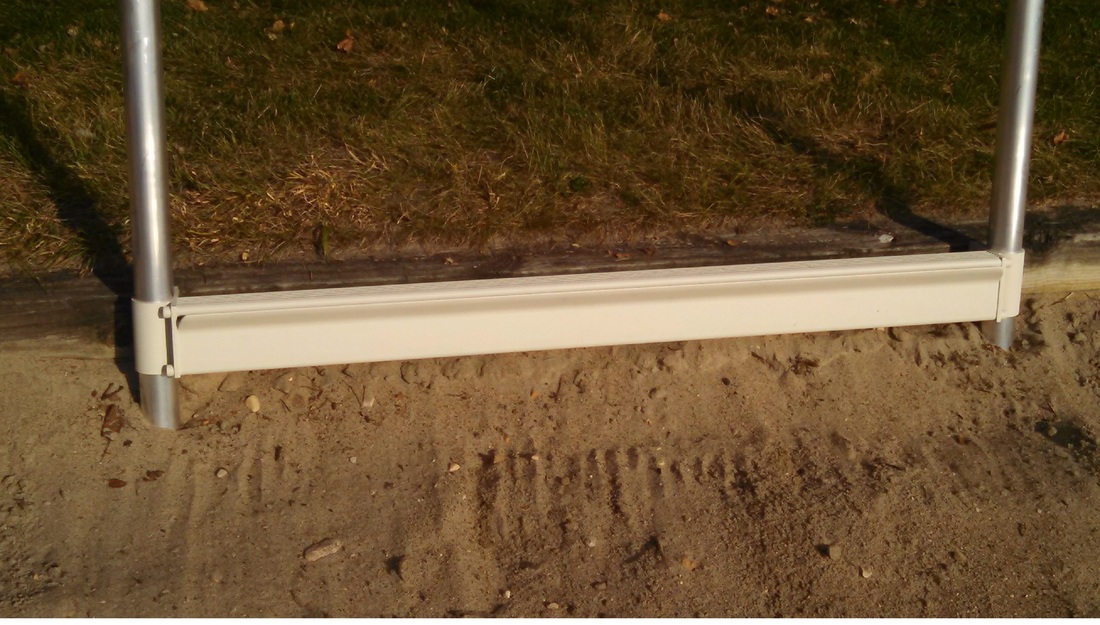


I would recommend starting with no configuration and then introducing stricter rules as you understand more of them. Mypy is a tricky one if you're not yet used to Python type hints. The only place I've seen this is with E203. And you shouldn't have to ignore any lints unless there's a linter or formatter bug or conflict.
#Remove qbserve from dock code
I prefer to set it quite strict, with `max-complexity` starting at something like 4 and only moving it up if I really can't figure out a way to make the code simpler. You can do the former either as a script or Makefile target, and the latter in CI to verify that the code is actually lint-free.įlake8 is your standard linter - it checks for idiomatic Python. It is my request if anyone from jetbrains read it to please make plugin docs more accessible and easier to understand, esp the testing quickly part.īlack and isort complement each other in formatting your code, and both have flags to check whether they would change anything in your code.

And while I have been able to write one plugin for it I found the documentation and tutorial for writing plugins all over the place and sometimes very outdated. Since it is so extendable it's only expected that programmers would want to extend it with their own plugins. My only issue with it is that writing plugins for it is kinda hard. I've never seen this type of understanding from an editor ever. It can even complete your SQL statements inside php strings or go to a. So while your editor may shine at JavaScript, it won't understand vuejs templates or when you put Javascript code inside a php file. The amount of productivity gains are tremendous.Ī lot of good editors have the issue that they are quite rigid when it comes to operating between multiple languages. (Unless you mean "apply this N times", which again I'm not sure I've ever been in want of) I admit there is an art to selecting the right text such that iterative selection works with a single keypress, but once you get the hang of it it becomes pretty natural. I simply select all the instances I need (either all in one go or iteratively), and go from there.

This allows for performing multicursor edits across many files.Īs for using variable numbers of times, this is again quite trivial with multicursor. Sure they aren't saveable and thus aren't editable (but you admit this is a very rare use case - I can't recall needing that, ofc you often don't know when to want what you don't have).Īs for applying across a number of files, I recently added an in-editor rendering of workspace search results to VS Code, and I've created an extension that can apply edits to those search results back to the original files. In my experience with multicursor, I don't need to be able to "inspect" the operation as the act of typing it is inspection in and of itself. > Macros are inspectable, editable, savable, able to be applied across files, easily used a variable N times. It has some prerequisites (fzf and ~/.eternal_bash_history) and probably only works with my terminal (Xfce Terminal) it took a bit of tinkering to get it to work. What's nice about this approach is that it automatically builds your bookmarks, but only from `cd` commands where you deliberately used an absolute path. Upon selection don't enter the directory but instead type `cd ` into the prompt so that the user can navigate further using. Call fzf and let user pick the desired resultĤ. Scan an eternal history file for `cd` with absolute path except for /tmp/*ģ. I couldn't do without a 'bookmarks' feature that I implemented for my terminal.


 0 kommentar(er)
0 kommentar(er)
